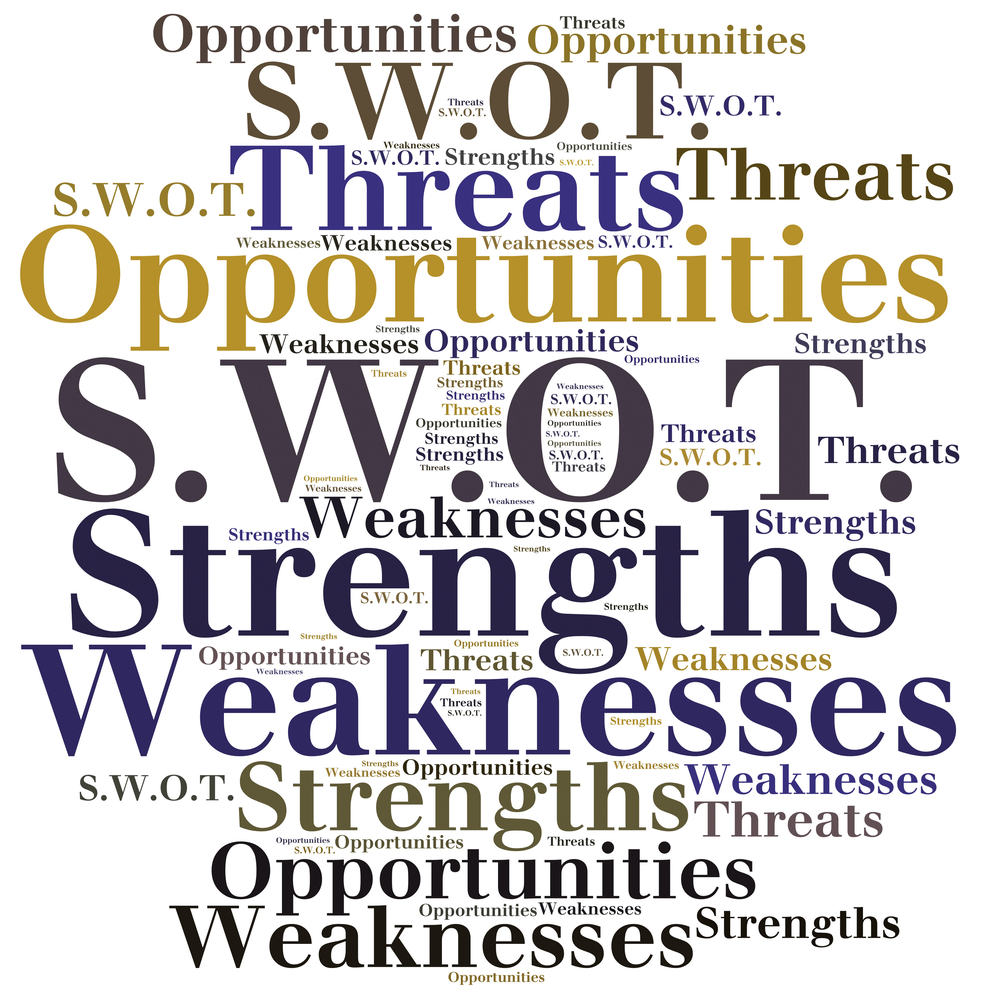Why Strategic Planning? …A follow up – SWOT Analysis
From the CEO's Desk
Why Strategic Planning? …A follow up – SWOT Analysis

Our recent Blog on Strategic Planning mentioned SWOT analysis. This is not an article on how to do SWOT, but rather how to use the results. SWOT analysis helps you build on what you do well, helps address what you’re lacking and minimizing risks, and take the advantage of chances for success.
It can be used to get an understanding of your competitors, which can give you insights you need to develop a successful competitive position. It is suggested that you carry through the options you generate to later stages in your strategy formation process and apply them at the right level – for example, at a product-line level, rather than at the much vaguer whole company level.
SWOT analysis can be used in any decision-making situation when a desired objective is defined. One way of using SWOT is converting in which one converts weaknesses or threats into strengths or opportunities. An example of a conversion strategy is to find new markets. Often, marketers build a detailed profile of each competitor in the market, focusing on their relative competitive strengths and weaknesses using SWOT analysis.
NOTE: SWOT is intended as a starting point for discussion and cannot, in itself, show managers how to achieve a competitive advantage, particularly in a rapidly changing environment.
Here are some suggestions for an effective SWOT analysis:
- use SWOT analysis to distinguish between where you are and where you want to be
- be realistic about your strengths and weaknesses
- relate strengths and weaknesses to critical success factors
- always aim to state strengths and weaknesses in competitive terms
- rank results in order of importance
- keep it brief – about one page
This tool, when used properly, can help decision-making in all sorts of circumstances.
Excerpt Acknowledgements
Mind Tools / Emerald Works
www.wikikpedia.org/wiki/SWOT_analysis
www. leadershipthoughts.com
how-to-use-a-swot-anylssis
